The shift, Crepe experiences from Western culture to modern fashion, is phenomenal. No one thinks that a rippled textured fabric will range from upholstery to decor, and apparel. Unique features make it easier for Crepe to survive this long journey. Moreover, Crepe has adapted itself to both organic and synthetic materials. Learn more fascinating facts about this crinkled textured fabric shortly in this article.
Table Of Contents
What is Crepe Fabric?
Crepe fabric refers to the weaving method that results in a three-dimensional texture. The fabric is delicate, hence, it applies to ceremonial occasions and garments. Crepe has a crinkle texture and elegant drape ability.
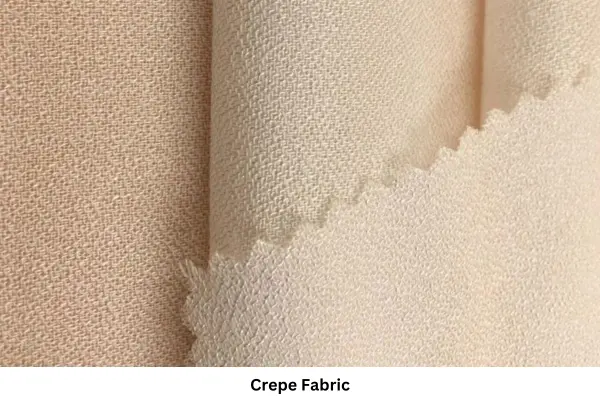
Women wear crepe fabric at times of mourning as a part of Western culture. The fabric is highly adaptable to heavy-duty garments making, for instance, jackets, and sweaters.
What is Crepe Fabric made of?
Crepe fabric is made of raw silk, cotton, wool, polyester, and rayon. It can be made of both organic and synthetic materials. Crepe fabric has a wrinkled appearance. It can be both woven or knit fabric. The texture of the crepe fabric depends on the material used to make it.
Crepe Fabric Manufacturing Process
Crepe yarn is processed with hard twisting. Hard twisting involves the twisting of textile fibers used in yarn manufacturing.

S and Z twists are used alternatively to give the yarn a bouncy texture. These twists are also known as alternating spinning techniques. After crepe yarn is manufactured, it goes for dyeing, treating, and getting spun into garments.
Types of Crepe Fabric
Crepe fabric has some varieties as well. The popular types are as follows:
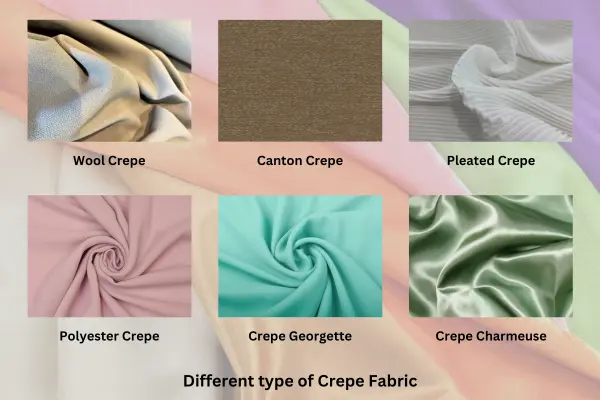
-
Wool Crepe: The wool crepe is bulky and has a rough surface.
-
Canton Crepe: Chinese-origin Canton crepe is silk-made. It is available in Asian-inspired garments.
-
Pleated Crepe: Cotton-made crepe with a wax coating. It is strong and does not require ironing.
-
Polyester Crepe: Polyester crepe is a synthetic material. It is economical and used every day.
-
Crepe Georgette: A soft, smooth crepe that is more elastic and has better drape ability.
-
Crepe Charmeuse: It is made with a satin weave that reflects like a smooth and reflective crepe.
Properties of Crepe Fabric
|
Fabric Name |
Crepe Fabric |
|
Fabric Materials |
Wool, Silk, and other synthetic materials |
|
Fabric Breathability |
Organic Crepe is highly breathable |
|
Moisture Wicking Abilities |
High |
|
Heat Retention Abilities |
Low |
|
Stretchability |
High |
|
Prone to Pilling |
Low |
|
Washing Temperature |
Cold or Hand Wash |
|
Applications |
Clothing, Decor, and Accessories |
Characteristics of Crepe Fabric
Crepe fabric possesses some unique qualities. For instance:
-
Naturally Breathable: Crepe is breathable by nature if it is organic. With the blend of other fibers, crepe also offers decent ventilation.
-
Perfect to Wear in Summer: Crepe fabric is a summer-friendly fabric that is considerable to wear even on hot days. Because crepe has the capability of high moisture-wicking.
_1710005876.webp)
-
Good Drape Ability: Crepe offers a perfect drape ability for clothing. It clings to the body but it is not sensitive to the skin.
-
Matte Color: Although crepe fabric does not have a shiny surface similar to silk, crepe provides a matte color desired by fashion designers.
Applications
Crepe fabric has a variety of uses in a couple of areas. For instance:
-
Apparel: Dress, sweaters, evening gowns
-
Decor Items for fashion photoshoots, casual events, weddings, and galas.
-
Accessories: Scarves, lightweight items
FAQs
-
What is Crepe Fabric like?
Crepe fabric is luxurious in terms of construction. It has a beautiful drape that makes it favorable for decor and clothing applications. Besides, the fabric has a few types that vary based on thickness, and weight. But generally, Crepe is thin, breezy, and breathable, smooth to the skin.
-
Is Crepe fabric stretchy?
The Crepe fabric is stretchable. The stretchy nature makes it suitable for tighter clothes and a trendsetter.
Conclusion
Concluding, it is to say that crepe fabric is popular for its texture and lightweight. Light crepe and full-bodied crepe are two primary categories that stand out in the crepe variations. For both formal and casual fashion, crepe fabric remains a top choice. We believe we have deepened your understanding of this versatile crepe fabric and covered all the main aspects. Happy reading!





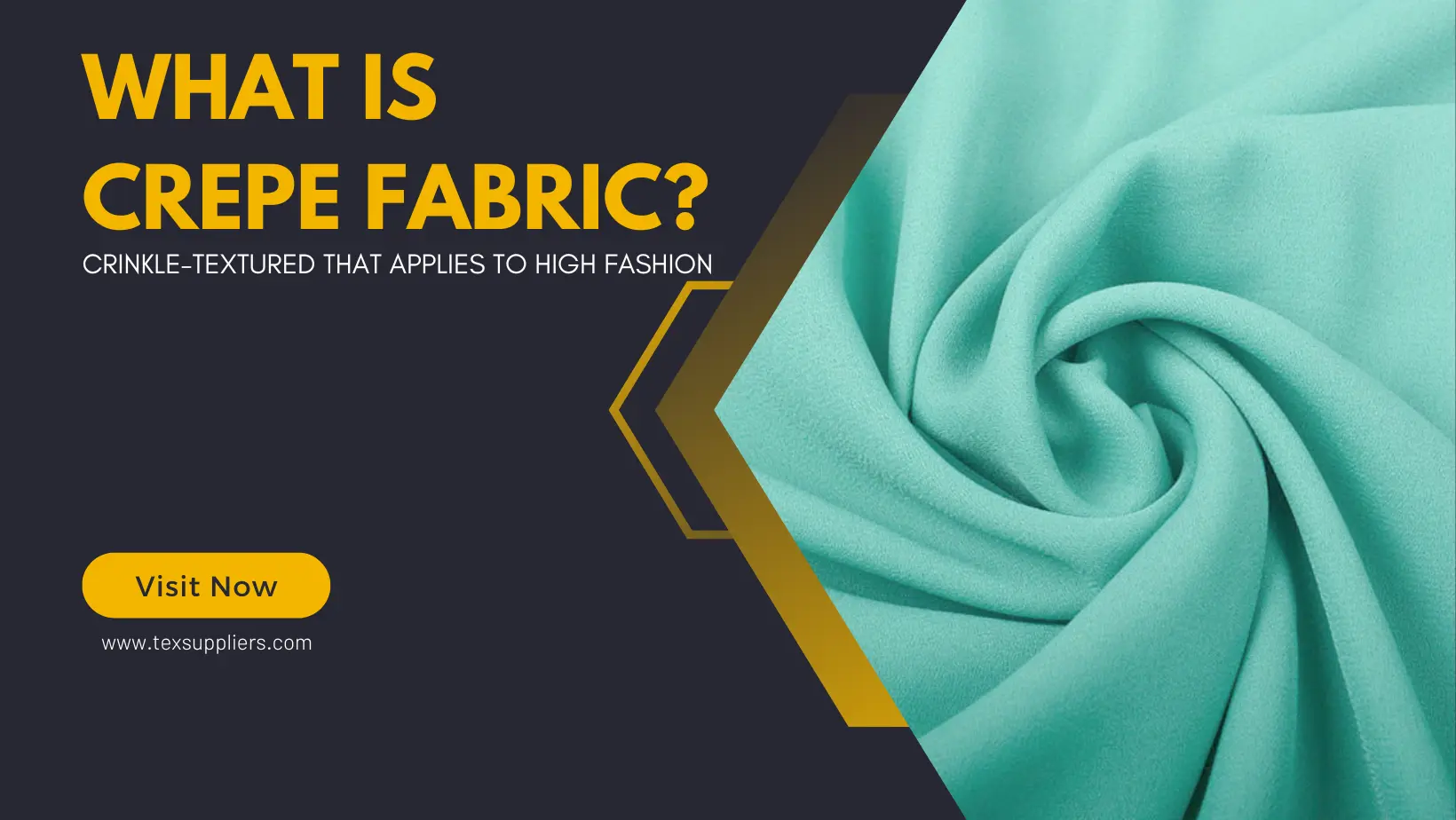
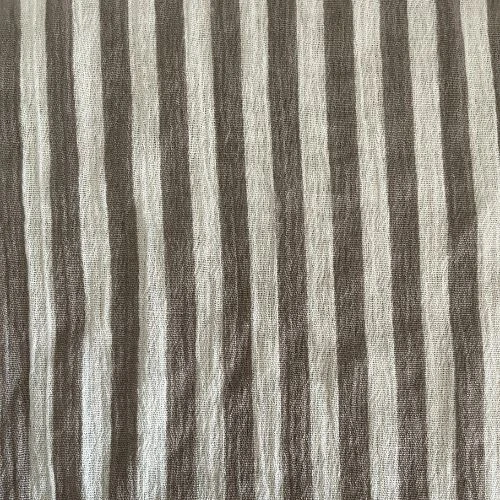
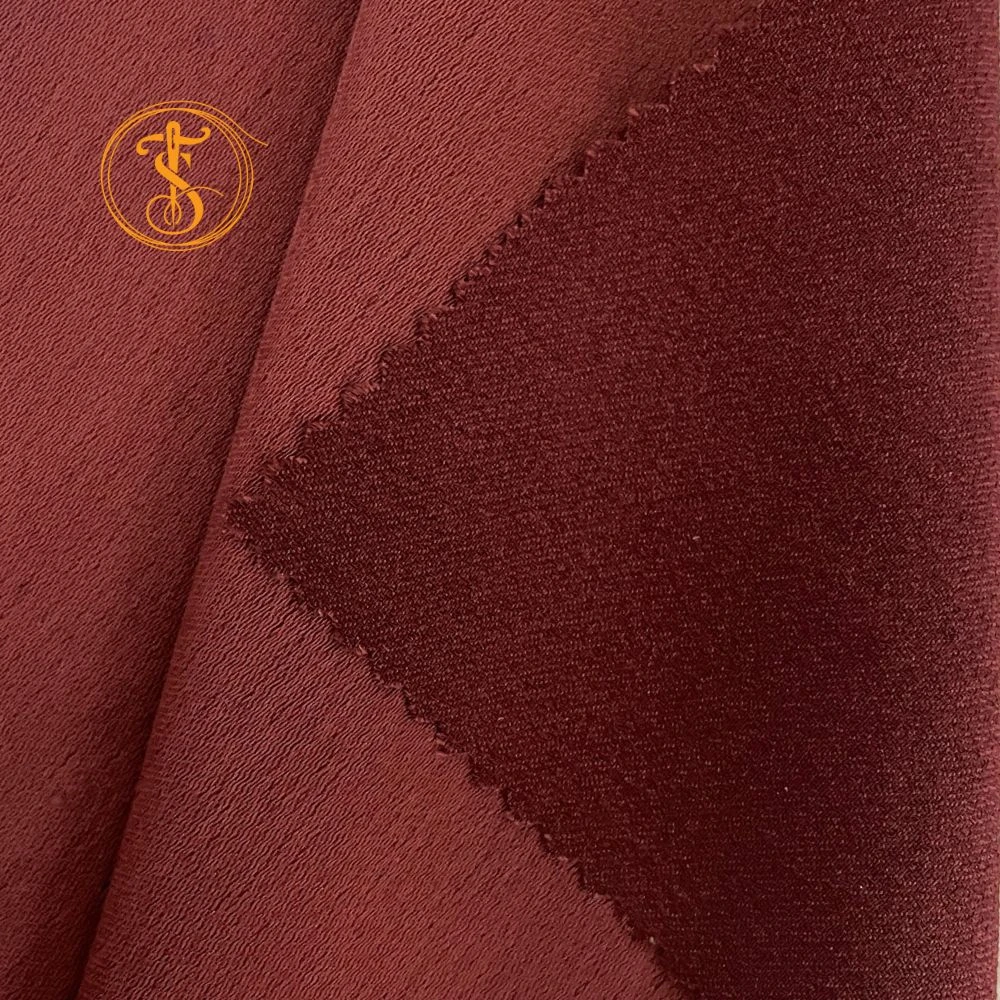
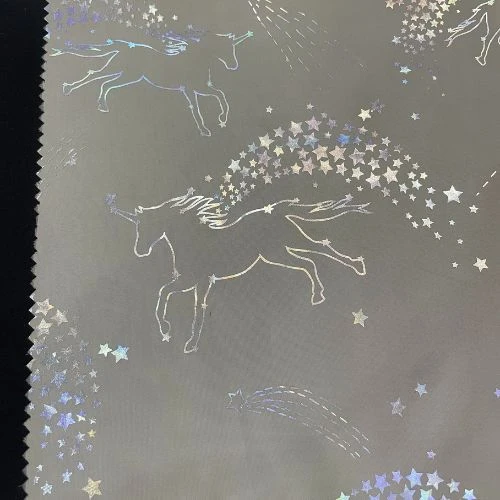

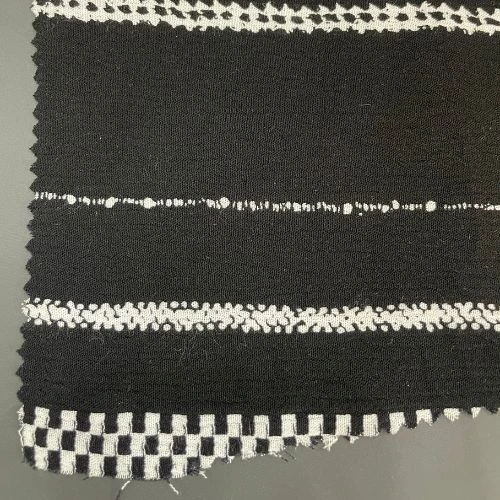
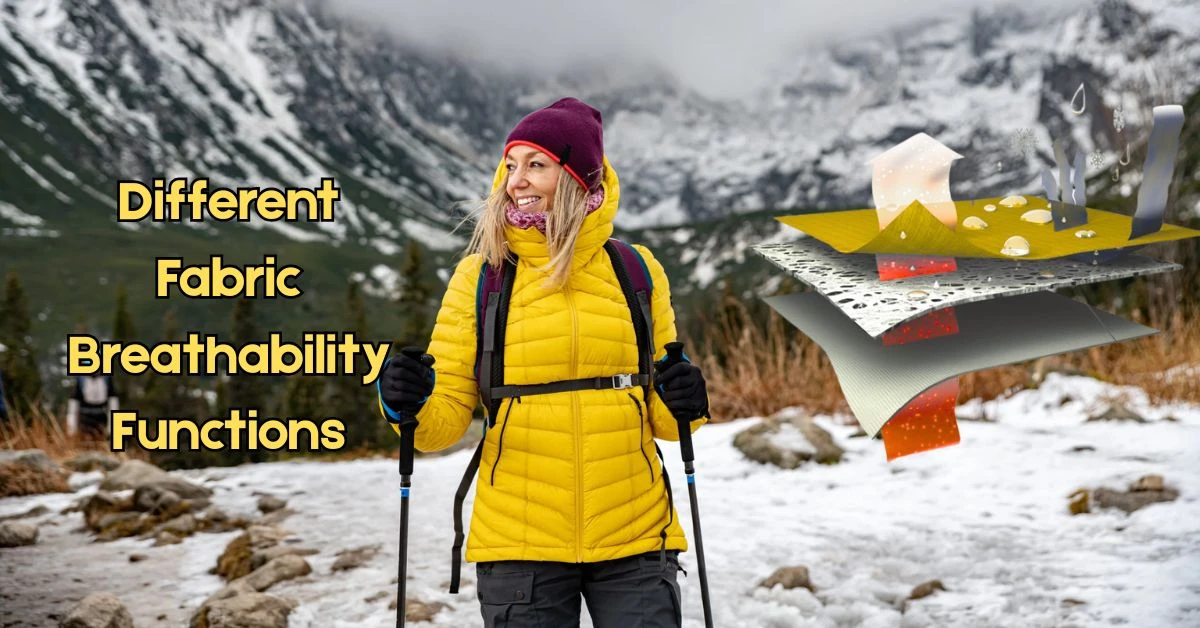

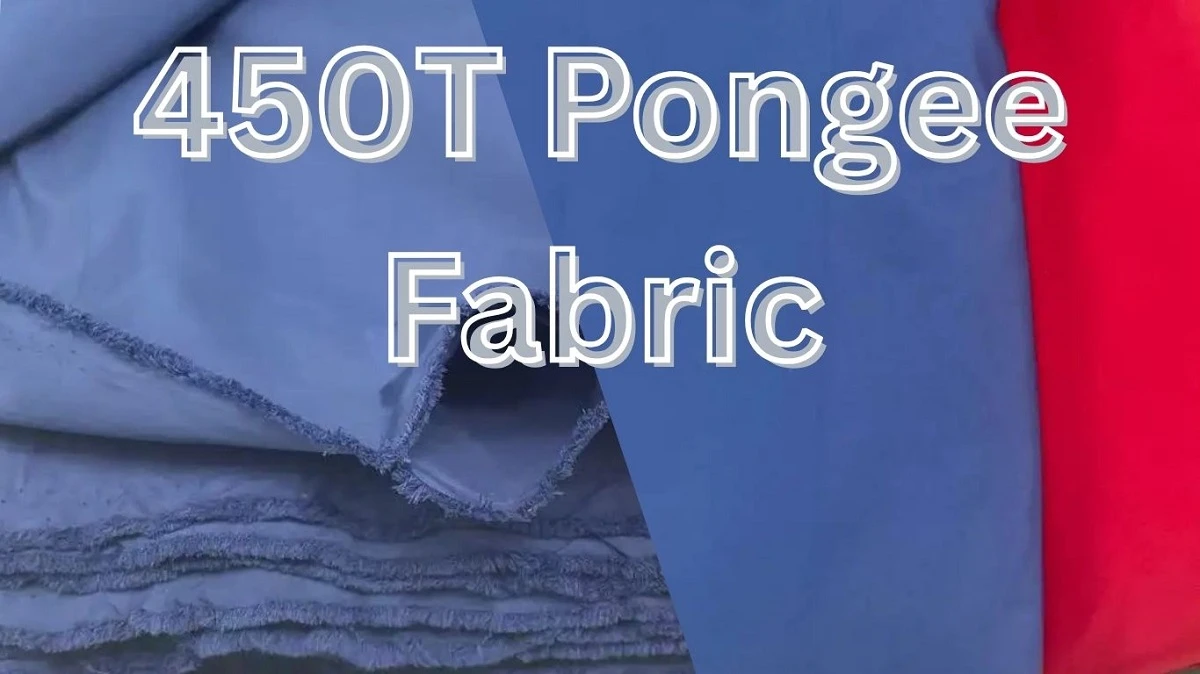


Comments - 00
Leave A Reply
Thanks for choosing to leave a comment.